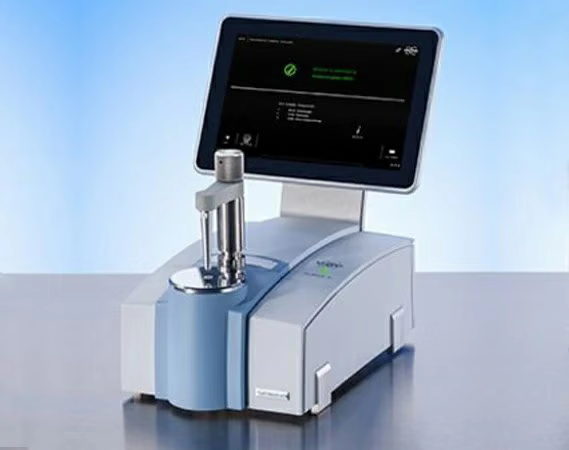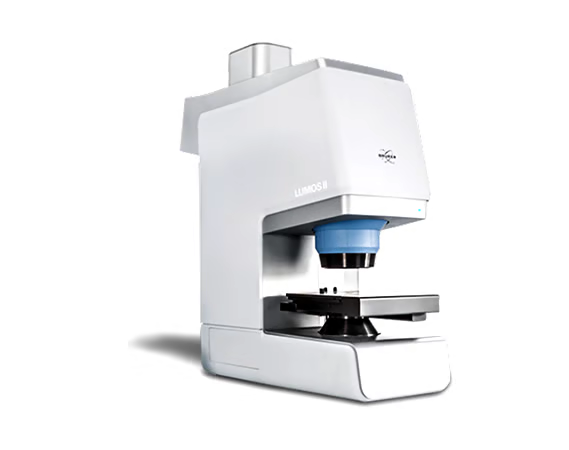ABOUT US
NEWS & EVENTS SERVICESCONTACT
- Dissolution Tester DS 8000 (Basic)
- Dissolution Tester DS 14000 (Basic)
- Dissolution Apparatus DS 8000 with Peristaltic Pump
- Tablet Dissolution Tester DS 14000 with Peristaltic Pump
- Dissolution Tester DS 8000+ with Syringe Pump
- Dissolution Tester DS 8000+ with Piston Pump
- Dissolution Tester DS 14000+ with Piston Pump
- Dissolution Tester DS 8000+ with Piston Pump & Automatic Filter Changer
- Dissolution Tester DS 8000 (Basic) SMART
- Dissolution Tester DS 14000 (Basic) SMART
- Dissolution Tester DS 8000 SMART with Piston Pump
- Dissolution Tester DS 14000 SMART with Piston Pump
- Dissolution Accessories
- Dissolution Tester Mechanical Calibration Toolkit
- Dissolution Tester DS 14000+ with Syringe Pump
- Cyclone Milll Twister TW1100
- Vibratory Disc Mill 1100
- Vibratory Disc Mill VDM 1200
- Vibratory Disc Mill VDM 1000 Series
- HIGH ENERGY BALL MILL
- Micro Ball Mill MM 1100
- Cryogenic Ball Mill CM 1100
- Planetary Ball Mill BM 1100+ (1 Grinding Station)
- Planetary Ball Mill BM 1400+ (4 Grinding Stations)
- Planetary Ball Mill BM 1200+
- Hammer Mill HM 1100
- Planetary Ball Mills BM 1500+ Series
- Planetary Ball Mill BM1150+ (Two Grinding Stations)
- Jaw Crusher JC1000
- Proximate Analyzer
- Pulverizer (Disc Mill)
- Automatic Pellet Press LP40T
- EDGE
- Microwave Digestion System Simultaneous (Mars 6)
- Microwave Synthesis Discover System
- Microwave Digestion Sequential
- Microwave Drying System
- Microwave Fat / Moisture Analyser
- Sprint Protein Analyser
- Microwave Peptide Synthesizer
- ORACLE - Rapid NMR Fat Analyzer
- Liberty PROTM
- Razor Rapid Peptide Cleavage SystemTM
- Phoenix BLACK
- Microwave Synthesizer Discover® 2.0
- PLF Series Chamber Furnaces ( PLF 140/5 - 160/30 )
- PLF Series Chamber Furnaces ( PLF 110/6 - 130/60 )
- MoS Series Chamber Furnaces
- ACF Series Atmosphere Controlled Furnaces
- ELV Series Elevating, Lift Bottom Furnaces
- HLF Series Heat Treatment Furnaces
- PTF Series Tube Furnaces
- PZF Series Multi-Zone Tube Furnaces
- STF Series Tube Furnaces
- PAF Series Ashing Furnace
- PURISPIN 18R
- Purispin 6
- PURISPIN 17R - Micro Centrifuge
- VARISPIN 15R - Multi Purpose Centrifuge
- VARISPIN 15 - Multi Purpose Centrifuge
- VARISPIN 12R - Multi Purpose Centrifuge
- VARISPIN 12 - Multi Purpose Centrifuge
- VARISPIN 4 - Multi Purpose Centrifuge
- VARISPIN 4A - Multi Purpose Centrifuge
- VELOSPIN 22R




